THE HISTORY OF BLACKBURN UNION CLUB
by
Mike Sumner
BRIEF HISTORY OF CLUBS – The word club appears to have come into use around 1659 when Aubrey wrote “we now use the word ‘clubbe’ for a sodality in a tavern” and Pepys wrote in his diary on 26th July 1660 – “we went to Woods (our old house for clubbing)” which was situated in Pall Mall London. Clubs have undergone many changes since olden times when they were introduced into small taverns. People with the same tastes, ideals, beliefs, interests etc. and often moving in the same social circles are inevitably drawn towards each other and meet together to exchange views. In England the first tavern clubs appear to have been purely social but in the later part of the Seventeenth Century they began to be used for political purposes. During the Eighteenth Century, clubs of every sort multiplied at an enormous rate, including some unusual ones, for example, ‘Club of fat men’ where membership was restricted to those who failed to get through a certain door! The origins of other early clubs in existence can be traced to the coffee and chocolate houses which sprang up all over London in the late 16th and early 17th centuries.
BLACKBURN UNION CLUB DEVELOPMENT – the club was founded in October 1849, probably at ‘The Hotel’ on King Street, which, more recently, was the Labour Exchange, sited between Heaton Street and Old Bank Street. The first meeting indicated in club minutes, was in rented rooms there on 21st June, 1850. This building had a large assembly room which was constantly in use being at the centre of social life in Blackburn for the gentry and well to do during this period, especially for dances, and, in the early days, was used to celebrate the victory at Waterloo in 1815. It was also used by local inhabitants to apply for a charter to create the Borough status of Blackburn. The founders of the Union Club created it as a social club of a non-political and non-sectarian type; the nine members who attended the first meeting were –
1. Mr. W. H. Hornby who lived in King Street and was the first Mayor of the Borough of Blackburn and a Member of Parliament. He was a leading Cotton Manufacturer as head of W. H. Hornby & Co., Brookhouse Mills, Whalley New Road in Blackburn.
2. Mr. William Sames who was a Wine and Spirits Merchant at 2, Church Street and an Alderman of the Borough.
3. Mr. John Polding (Junior) who was a corn miller at his Eanam and Darwen Street Corn Mills who lived at St. Alban’s Place.
4. Mr. J. Hargreaves Kay who was a lawyer and member of the firm Ainsworth, Hollinshead and Kay and lived in Branch Road (later Montague Street).
5. Mr. John Ainsworth who ran Spring Hill Mill (one of the first cotton mills in Blackburn that used a steam engine and was located next to the Railway Station where Dutton’s Brewery expanded to) and was a Cotton Spinner and Manufacturer. He lived at number 15 Mount Street, Spring Gardens close to his factory.
6. Mr. R. B. Dogson who at one time had been a manager of Messrs Cunliffe Brooks Bank (now Lloyds Bank) and who lived at Beardwood Old Hall. His widow in bequests left £10,000 to Queen Elizabeth Grammar School for scholarships, £10,000 to Blackburn Royal Infirmary, £10,000 to the Royal Albert Asylam in Lancaster and a valuable collection of paintings to Blackburn Art Gallery.
7. Mr. John Tattersall who ran a Corn Miller’s business at the Old Mill on Mill Lane off Darwen Street.
8. Mr. Thomas Lund son of Mr. James Lund and brother-in-law of Mr. Daniel Thwaites. He ran a large business as a yarn agent in Blackburn probably from the King Street area and was a Conservative Party supporter who was elected Mayor in 1863.
9. Mr. John Cooper – of which little is known.
By the time of the first annual meeting in July 1850 the membership of the club had risen to 32 and the new members included-
1. Mr. H. Brook Hollinshead who was a lawyer and lived at Billinge Scar (large mansion in that area). He was a member of the firm Ainsworth, Hollinshead and Kay of Clayton Street.
2. Mr. Thomas Dutton who was a Brewer and lived in Richmond Terrace and a member of the Town Council.
3. Mr. Daniel Thwaites (Senior) who was a Brewer and lived on Eanam and was a member of the Town Council who went on to live at the Woodfold Park mansion at Mellor.
4. Mr. John Thwaites the brother of Daniel who was a Brewer with him and who lived at Troy, a mansion sited at Billinge End.
5. Mr. James B. S. Sturdy who was a lawyer who lived at Spring Side.
6. Mr. William Pickup who was a lawyer and partner with Mr. Sturdy (above) in their firm of Sturdy and Pickup in Clayton Street.
7. Mr. Peter Ellenthorpe who was a lawyer whose firm was situated on Back Lane (later Mincing Lane) and lived in Meins Road. He was the first Clerk to the Board of Guardians and Superintendent Registrar of Births and Deaths in Blackburn.
8. Mr. James Harley who lived on Richmond Terrace and was an Alderman of the Borough.
9. Mr. Daniel Thwaites (Junior) who was the cousin of Daniel Thwaites.
10. Mr. Leonard Wilkinson who was a lawyer and lived at St. John’s Lodge Richmond Terrace; he was also a Town Councillor.
11. Mr. Robert Hopwood (Junior) who was a Cotton Manufacturer and lived at Rock Cliffe House a mansion at Billinge End.
12. The Reverend Peter Kay; a Roman Catholic Priest in charge of St Alban’s Parish.
13. The Reverend W. J. Mond who lived at 2, Montague Street.
14. The Reverend Earnest A. Lang who was a Curate at the Parish Church and lived at New Market Place.
15. Mr. Henry Polding; a Corn Miller with his brother John who was a founder member.
16. Mr. John Bolton who was a lawyer and a partner in the firm of Henry Hargreaves, Ainsworth and Bolton and who lived at Clayton Street then at 7, Richmond Terrace.
17. Mr. James Forrest who was head of the firm John Forrest & Co. Cotton Manufacturers at Navigation Mill, Nova Scotia off Bolton Road.
18. Mr. Henry Eccles who lived at Wensley Cottage presumably at Wensley Fold.
19. Mr. Edwin Shepperd who was Superintendent of the County Police and lived at 98, King Street.
20. Mr. William Peel who was a Linen and Cotton Draper with a business at 4, Darwen Street and 19, King Street; he was also a Town Councillor.
21. Mr. Terrence Flanagan – little known.
22. Mr. Thomas Bywater – little known.
Clearly the above membership of the Union Club shows that they represented a good cross-section of the upper middle-class and gentry drawn from the professional and commercial life of Blackburn; a theme which continued for much of the club’s life.
BLACKBURN UNION CLUB PREMISES
1. THE HOTEL ON KING STREET – the early minutes show that the Billiard and News Rooms that were formed at the hotel were to be called the Union Club Rooms.
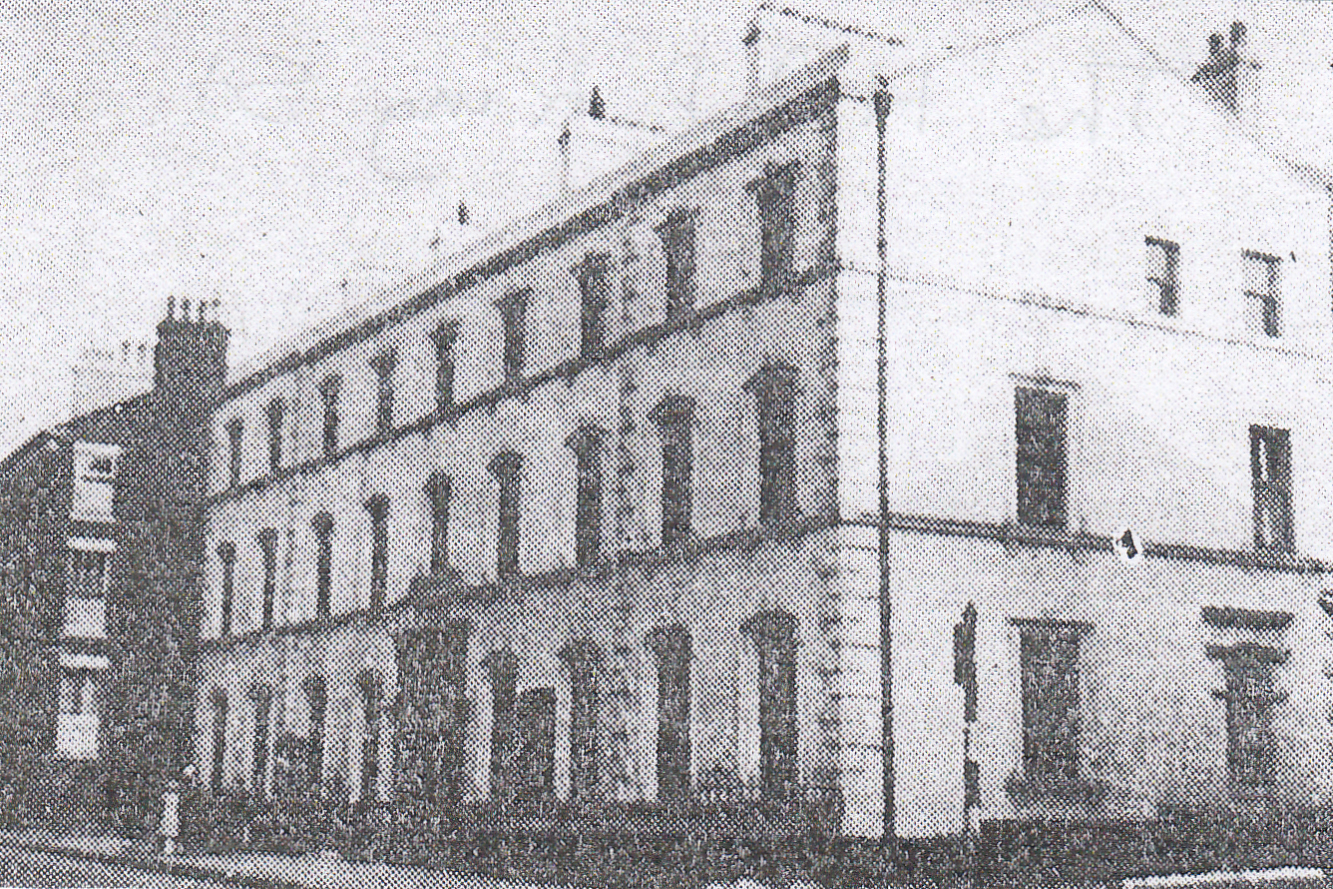
2. FLEMING SQUARE – shortly after they hired rooms at Fleming Square they gave notice to move in late 1852 because of the unhealthy state of the rooms due to poor ventilation and because they were at a low elevation.
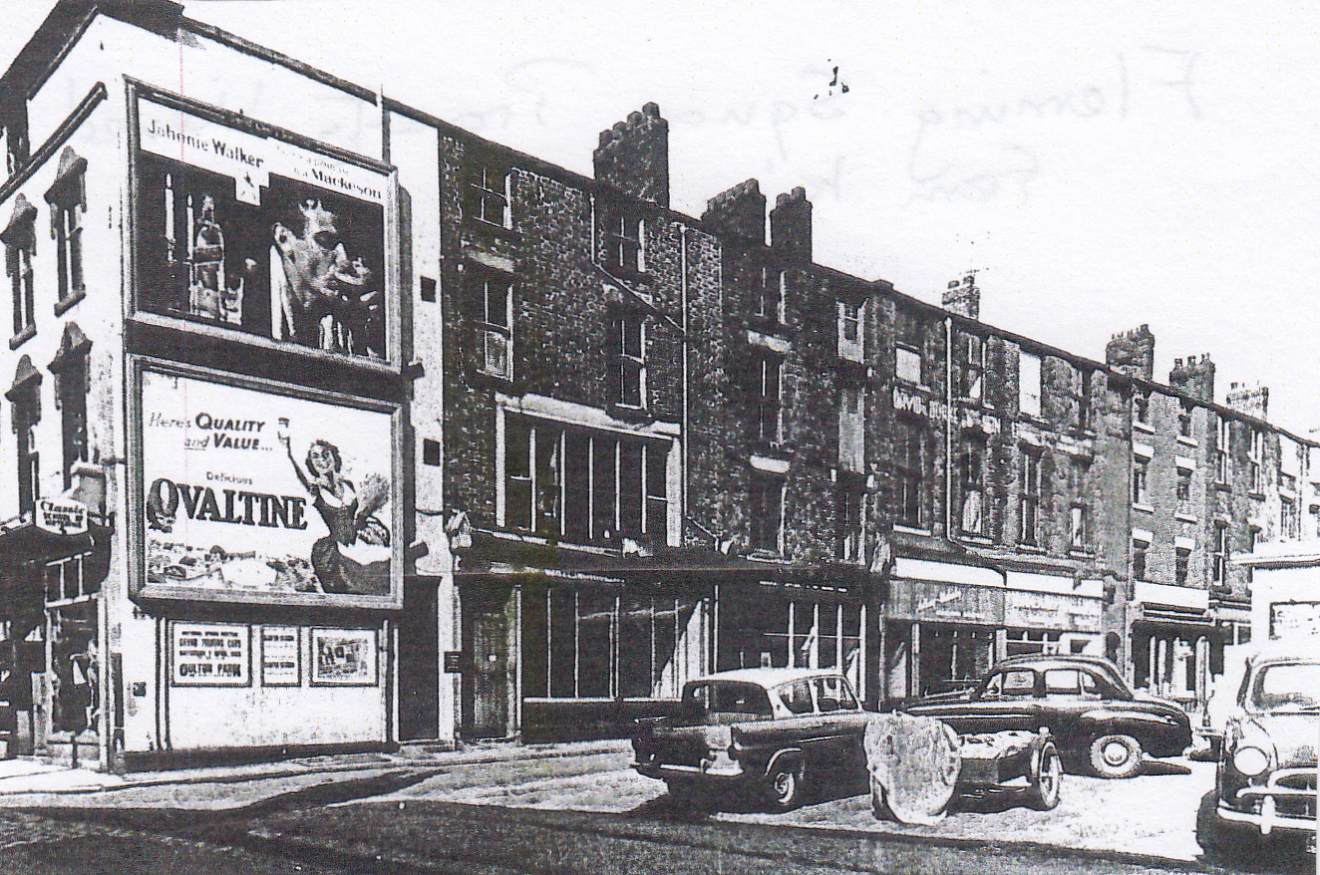
3. HIGHER CHURCH STREET – This property was owned by Mr. Feilden of the Witton Park Estate and proved suitable for club premises as they could rent rooms on a yearly rental of £50. These premises had been built at the end of the 18th Century by Henry Sudell, a cotton magnet of Blackburn, for occupation after his marriage but Henry then built Woodfold Hall at Mellor and moved there. The club moved into these premises on the 5th July 1853 and remained there until 1922. The premises at 11, Higher Church Street were double fronted and had a central hall. There were two entertaining rooms on either side of the hall used for reading and recreation rooms. Behind these rooms were domestic offices and there was a dining room upstairs with a billiard room at the top of the building.
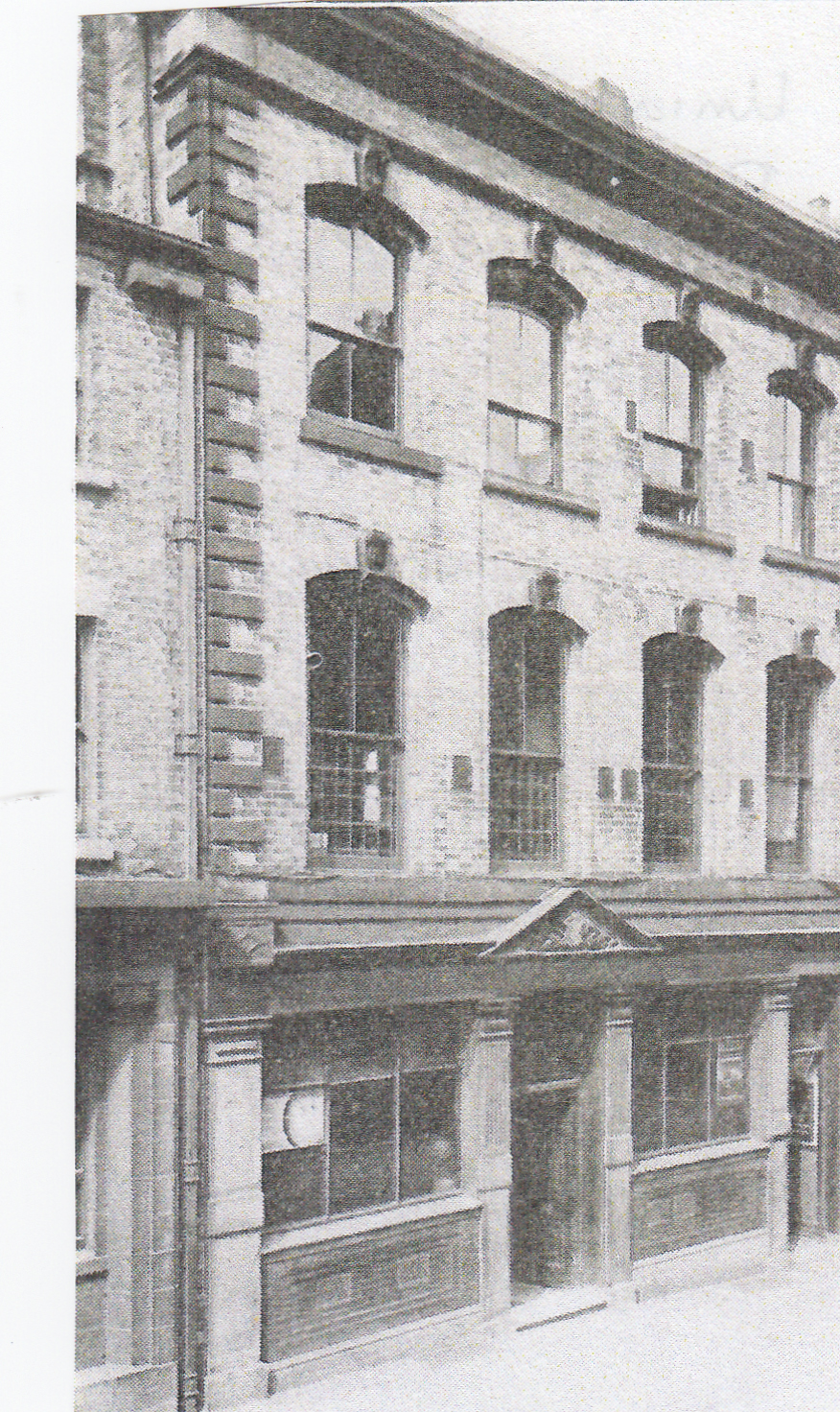
4. PRESTON NEW ROAD – The club’s committee decided to purchase premises at 45, Preston New Road as a permanent home for the club. The land on which the Club was built was originally a plot which had been conveyed by deed by the Trustees of St. George's Presbyterian Church, higher up the road, to Thomas Alexander Aspden on the 2nd November 1876 on a yearly rent. After a number of years of rentals to different people, Mr. Aspden erected a dwelling house on part of the original plot at number 45, Preston New Road, which he sold to Mr. Joseph Watson at a price of £2,375. Ownership of the premises by the club dated from 1st October, 1924 when the mortgage debt to Mr. Watson was paid off and was overseen by Mr. William Meadowcroft and Mr. Herbert Smitton, club members. These premises had a billiard room in the basement, a large lounge and a smaller lounge on the ground floor together with a bar and domestic offices. Upstairs there was a dining room, a bedroom and two smaller rooms that they let out to the Manor Lodge of Freemasons from 1939 and a bathroom. The club steward lived in a flat on the top floor.
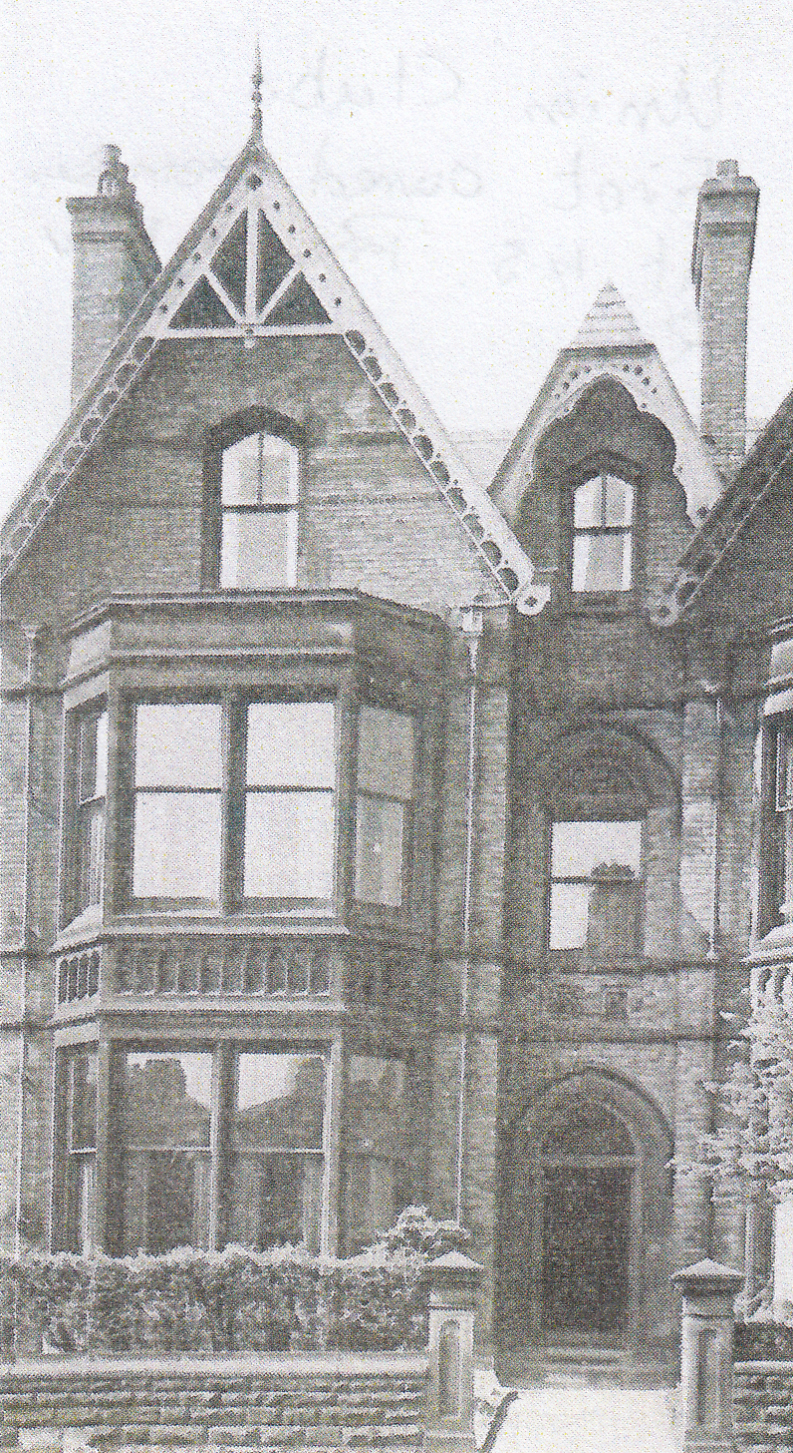
5. WEST PARK ROAD – During the 1950s, the club amalgamated with another Blackburn club named the District Club whose roots could also be traced back to the early 19th Century and the boom years of the industrial growth of the town. The club became known as The District and Union Club and acquired premises in a very grand late Victorian house at 1, West Park Road on the junction with Preston New Road. The club’s facilities consisted of a bar, Committee Room and snooker room on the ground floor with a state- of-the-art kitchen, a small dining room and a larger dining room on the first floor. The top floor accommodation was reserved for club staff, namely the steward and stewardess. There is ample car-parking in the front of the club. In the club’s early history up to more recent times, the club existed to provide a lunchtime rendezvous and Friday night watering hole for businessmen and professionals in Blackburn. At one time, it was open at lunchtime to provide a convenient lunch with occasional dinners and other social events taking place. Today, the club still provides lunch for members a couple of times each month and has occasional dinners, and sometimes, speakers. There is also an ongoing club tradition of a Friday tea. The club also arranges social activities including outings such as the annual walking weekend. The quality of the club’s food and service is of a high standard as its resident cook is an award-winning chef. The club accepts men only as members, though it often holds events at which ladies are most welcome and has done since 1938. In order to attract new members the club’s committee agreed to allow people to apply for “Club Guest Status” which allows people to sample the benefits of club membership without any voting or equity rights.
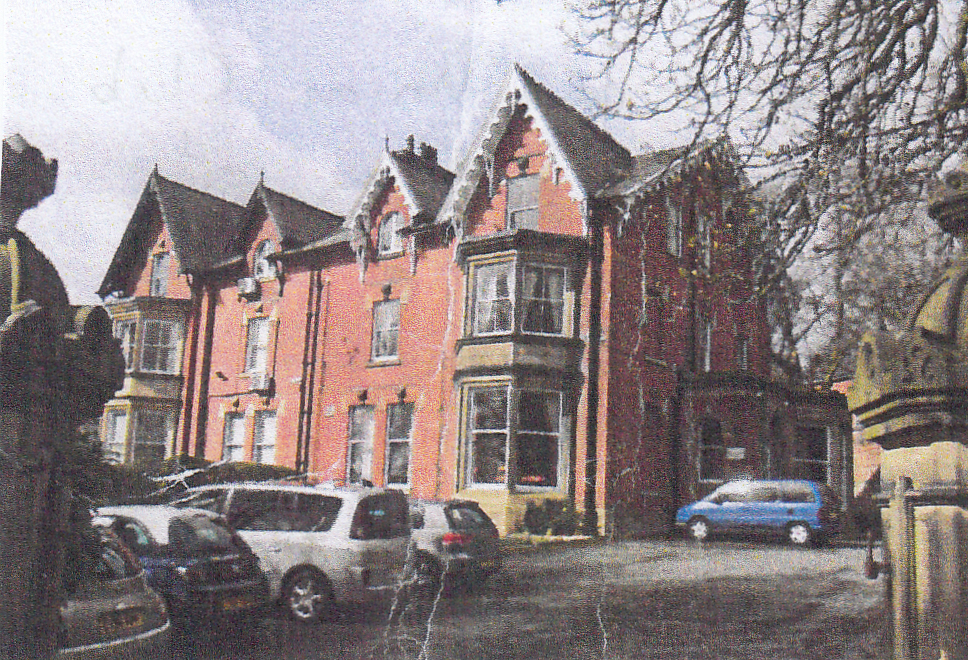
THE CLUBS DEVELOPMENT FROM 1849 – 1950
Originally, the club rooms were mostly uses as a meeting place and reading room with various journals and newspapers available for members and fines were issued if members removed these for more personal use. In 1853, the club moved to rented rooms at Higher Church Street and celebrated the move with a dinner at The Bull Hotel and, due to its success, agreed to hold an annual club dinner. By 1853, the club membership had increased to 46 and the balance sheet showed that annual rent was £21, the Billiard Marker’s wages were £38 9s and cleaning annually cost £5 12s. In 1856, The Magnetic Telegraph Co. agreed to supply the club with the earliest information on markets and news interest for £50 annually although the club managed to reduce this cost later. By 1861, moves were made to improve the club rooms with new decorations and lighting together with an extension and furniture from Gillow of Lancaster (later to become the famous Waring and Gillow). Over a number of years arguments raged over club openings on Sundays and, in 1866, a rule was carried that club was to be closed entirely on Sundays. In 1870, the club opened a bar on the ground floor with seats for the provision of lunches to help raise club finances. Shortly after this, a new billiard marker was appointed as the old one was found asleep under the table no doubt due to an inefficient check being kept on the wines and spirits in the club! This incident led to tighter checks being made more regularly on stock and the price of spirits raised from four-pence to sixpence a glass. By the 1890s, the staff and premises had been further increased, presumably, as club membership had increased, as permission was given by Mr. Fielden's agent for another extension; the club rent was now £120 per annum. At this point in time, the staff included an under steward and a house porter. The club started to invest some of its funds in Nuttall’s Brewery Debentures. The minutes of the Annual General meeting in 1915 showed that it was proposed that all members serving in the war should have their subscriptions refunded for that year. By 1918, the club membership had grown to 116 with another 8 nominations waiting to be accepted and, by now, the entrance fee was proposed at five guineas. Due to war time shortages in the early months of 1918, the club had to temporarily suspend membership privileges on food and drink. Shortly after the war, the wages of club servants were raised and the steward and his assistant were provided with uniforms. As the cost of living continued to soar it was found necessary to increase wages in some cases by 25%. Following this increase the club had lengthy negotiations with Mr. Feilden who, by now, wanted to sell the premises and the adjoining shop. The club were not prepared to meet his price but wanted the shop as an extension at an increased rent but were unable to agree terms. By 1921, however, a large house at 45, Preston New Road became available for £2000 and, after decorations, it was taken over in April 1922 which led to members contributing extra fees and obligations. Shortly after this, the president of another club in the town called The District Club wrote to the secretary intimating that certain of its members wanted to become members of the Union Club providing the entrance fee did not exceed 3 and a half guineas and, by December 1927, a letter was sent to them accepting new members. However, in spite of these new members, each club member was encouraged to find at least one new member to help reduce the club’s overdraft. Another notable event in 1938 was the invitation to ladies to use the club for an evening meal which proved popular with members who were theatre-goers. During 1939, the Manor Lodge of Freemasons applied to the club for permission to use certain rooms on the first floor once per month and offered £20 per annum rent; the club agreed but made it clear they had no club rights. In 1941, Mr. Smitton completed 21 years of service as Honorary Secretary to the club and members presented him with a gold cigarette case.
SOME NOTABLE CLUB PRESIDENTS AND OTHER OFFICERS/OFFICIALS
1. WILLIAM HENRY HORNBY– M.P. / J.P. - 1805 - 1884 (Chairman in 1850) – born in Blackburn in 1805, the third son of John Hornby who came from Kirkham to Blackburn to start in local trade in 1779. He was chairman of Blackburn Conservative Party at the first elections in December 1832, at the age of 27, and was leader of the party for a long period. He was also chosen as Blackburn’s first Mayor in November 1851 and, in 1852, was presented with a gold chain and civic badges. He was an ardent supporter of the first important measure for regulating the hours of labour in factories known as the “Ten Hours Bill” . He was elected as a Member of Parliament in March 1857, and, at General Elections in 1859, 1865 and 1868. Mr. Hornby was also a leading promoter and Chairman of the Railway between Blackburn, Clitheroe and Bolton which was later connected to Manchester. He also controlled the huge textile company of Brookhouse Mills.
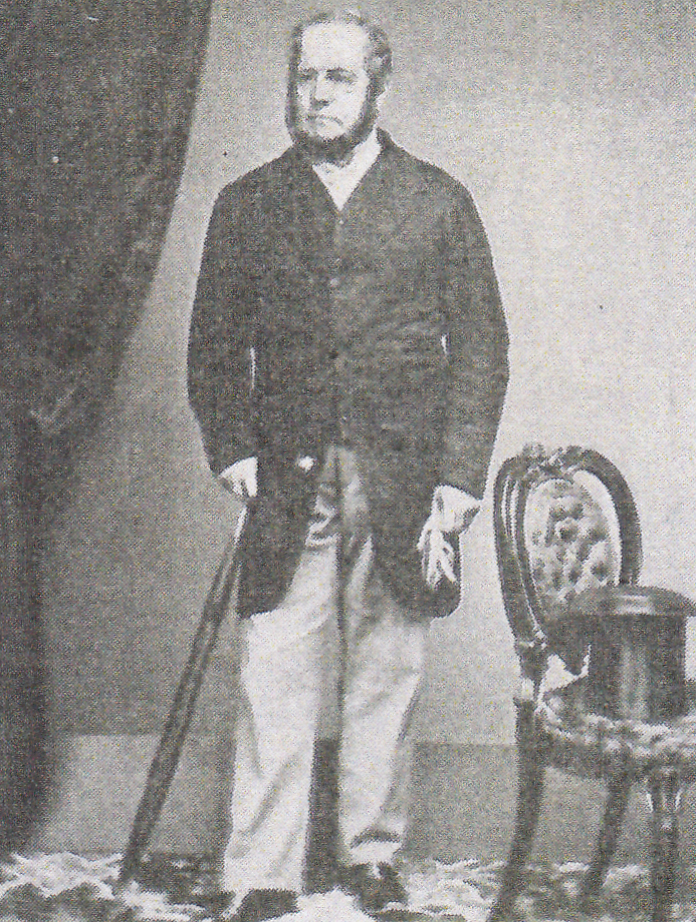 WILLIAM HENRY HORNBY
WILLIAM HENRY HORNBY
2. DANIEL THWAITES – M.P./ J.P.- 1817 – 1888 (President from 1852 to 1857) – born in 1817, he came from a family that is believed to have originated in the Lake District and his grandfather along with a Mr. Duckworth and Mr. Clayton founded the Eanam Brewery in Blackburn about 1790. After school, he entered his father’s brewery business and later married Miss Eliza Gregory and, eventually, by inheritance, through his wife and, by purchase, he was able to possess Woodfold Hall and Park. As early as 1832, he had taken an interest in politics and took an active part in obtaining a Charter of Incorporation to establish Blackburn’s Borough status in 1851. At the first municipal election he headed the poll as one of the candidates for Trinity Ward. For years, he devoted himself to his business and was so successful that before his death he had become one of the richest men in England. A popular saying at the time was “Daniel Thwaites takes his money to the bank in a wheelbarrow!” A great majority of the public-houses in Blackburn belonged to him and a large number in other Lancashire towns, especially in Burnley, and all tied to his brewery. He also took over the Snig Brook Brewery from the Cunningham family sited off Montague Street. A life- long Tory supporter he helped to take over the reins in Blackburn after Mr. Feilden died and lived at his mansion Billinge Scar but he also owned property in Mellor, Pleasington and in Scotland, together with a large estate at Melton Mowbray in Leicestershire. One of his local developments was knocking down old property on Church Street and building the attractive Thwaites Arcade with one side for a club for the Conservatives and, on the other, a club for the Orangemen of the Borough.
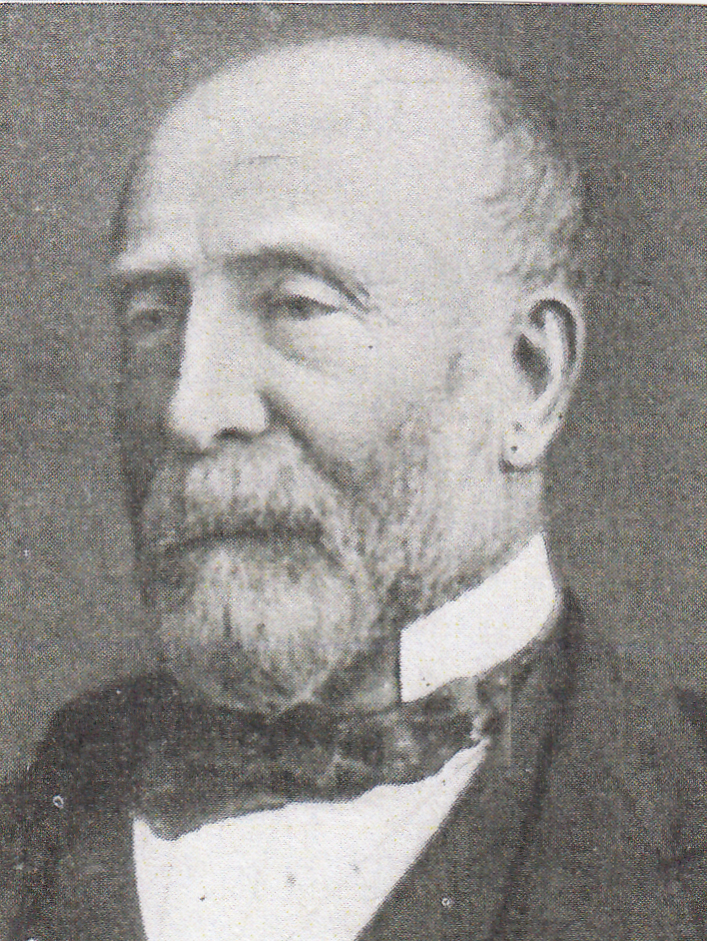
DANIEL THWAITES
3. SIR WILLIAM CODDINGTON – BART, M.P. 1830 - 1918 (Vice President 1874 to 1906 and President 1907 to 1918) – His father was born in 1799 at Parkgate, Cheshire near the River Dee and after boarding school he was apprenticed to a draper in Nantwich but disliked the business, so after his apprenticeship finished he moved to Manchester in 1820. After joining two businesses he started up on his own in 1823. In 1828 he married Elizabeth Hopwood daughter of Robert Hopwood who had come from Clitheroe to Blackburn in 1810 and started a Cotton Manufacturing business that was successful. William came to Blackburn in 1842 as a cotton manufacturer at Crossfield Mill and later built Ordnance Mills. Later he started to build Wycollar at Billinge, Blackburn for a palatial residence but died before it was completed in 1867. His son later Sir William was Educated at Queen Elizabeth’s Grammar School Blackburn and later joined his brothers at the family cotton manufacturing firm and gained a thorough knowledge of it and when his father died he became the head of the company. He greatly extended and developed the company building Wellington Spring Mill in 1872 and became an authority on cotton trade with India. He was a keen Conservative but only took part in local politics in 1869 and in 1874 was elected mayor of Blackburn and in 1880 was elected as a Member of Parliament for Blackburn and retained his seat for over a quarter of a century till 1906. In 1896 he received a baronetcy and during his time at parliament worked hard to safeguard the interests of the cotton trade. During the visit of Royal Princess Louise and the Duke of Argyll to Blackburn to unveil the statue of Queen Victoria in 1905 they were entertained by the Coddingtons at their home at Wycollar in Billinge. In 1912 Blackburn expressed its sympathy and respect for the death of his wife by offering him its highest honour the “Freedom of the Borough” which he agreed to accept. He died in February 1918.
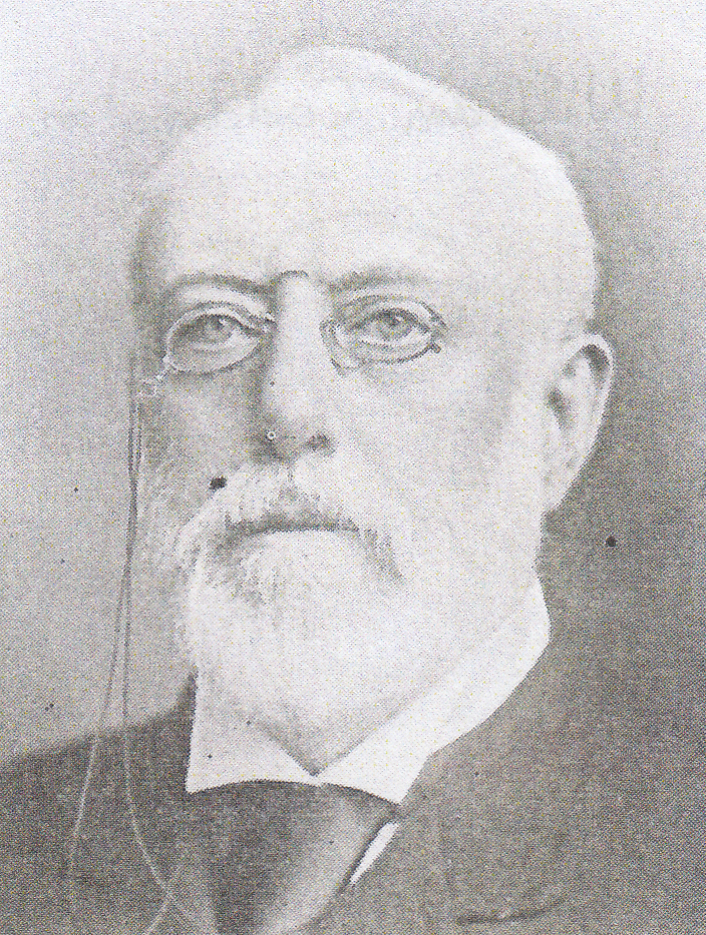
SIR WILLIAM CODDINGTON
4. SIR WILLIAM HENRY HORNBY (JUNIOR) – BART, M.P. 1841 – 1928 (President from 1919 to 1928) – Born in Blackburn in 1841, the third son of W.H. Hornby Senior. He served as a naval cadet in the British Fleet during the Crimean War and received the Baltic Medal. In 1873, he won the St. Mary’s Ward in the local elections and, in 1876, was elected Mayor of Blackburn and then became an Alderman of the Borough. He became Chairman of the Conservative Party and leader of the Town Council from 1874 to 1886 when he became a Member of Parliament. He retained his seat for the next 15 years. On the retirement of his father as director from the Lancashire and Yorkshire Railway, he took over the position. In 1865, together with Mr. W. Wardle, he started East Lancashire Cricket Club at Alexander Meadows and, in 1887, married Leticia Clayton-Browne and had six children. His brother was the famous sportsman A. N. Hornby who played for Blackburn Rovers and was a well-known England cricketer. During his lifetime, Sir Harry enjoyed immense popularity and was one of life’s gentlemen; he had a reputation for being both kind and generous to many, both rich and poor. He lived at Whinfield, a mansion at Billinge End, before moving to Pleasington Hall in 1894 and he worked hard developing the family business at Brookhouse Cotton Mills.
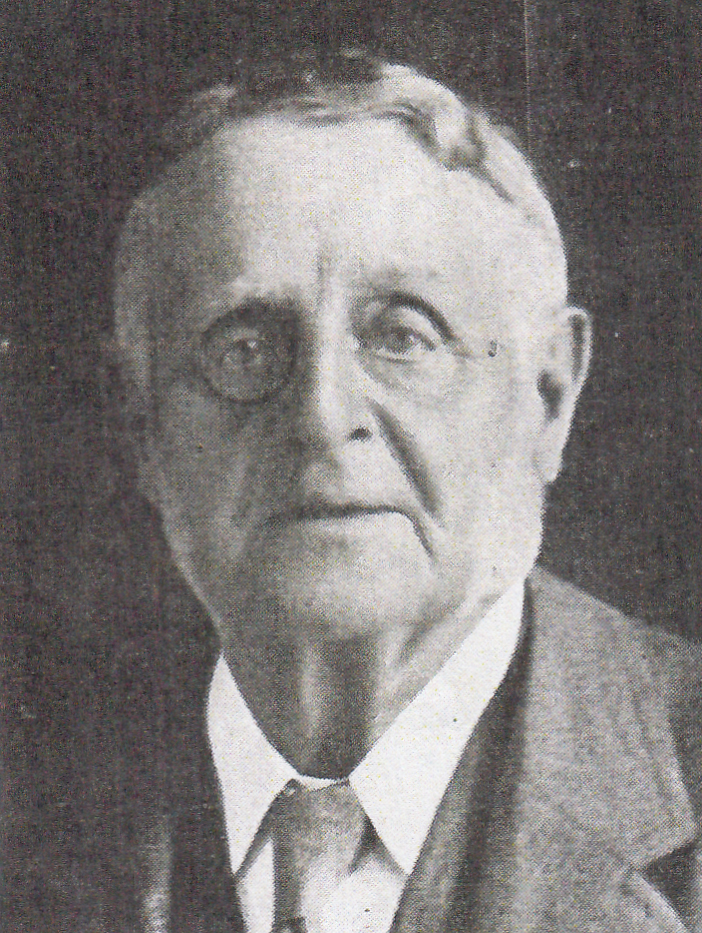
SIR WILLIAM HENRY HORNBY
5. COLONEL SIR JOHN RUTHERFORD – BART, M.P./ J.P. 1854 – 1932 (President 1929 to 1932) – born in John Street, Blackburn, in 1854, of Scottish descent, whose father entered a partnership with Henry Shaw forming the Salford Brewery. His son John, the future Tory M.P. and Baronet was educated at Annan Academy on Duke’s Brow Blackburn , Lancaster Grammar School and Glasgow University. He entered the brewery business and when his father died took over its management. He also succeeded his father’s considerable property which included an estate at Annan Scotland and also acquired a second large estate near Kelso. In 1832, he became a Borough Magistrate for the Blackburn bench and, in 1888, was elected town Mayor. In 1893, he was selected as the Conservative candidate for the Darwen Division which he represented in Parliament for 27 years. Sir John retired from Parliament in 1922 and the Conservatives in the Darwen Division presented him with a portrait in oils, in 1924, for their gratitude and recognised him as a person who never toyed with dangerous doctrines and always played a fair game, at a ceremony attended by Lord Derby. As the largest subscriber to Queen Victoria Memorial fund he had the honour of giving the vote of thanks to Princess Louise when she unveiled the statue in September 1905. Sir John had many interests and recreations and, as a young man, played cricket at East Lancashire Cricket Club and football with Blackburn Rovers. He was also a good sprinter and before Ewood Football Ground was used for football it was used for athletics which is where he won many prizes. As he grew older, these interests gave way to hunting, horse-racing, shooting, fishing, golfing and horticulture. As the owner of the famous colt called “Solario” his name became a household word on the turf as it won the classic St. Ledger race in 1925. The horse cost him 3,500 guineas but he declined to part with it to the Aga Khan for £100,000. In the following year, the horse won the Coronation Cup and the Ascot Gold Cup. Sir John had a keen interest in the East Lancashire Royal Infirmary and joined the Board as a Governor in1891 and was later elected as vice-president and, in 1912, as a trustee, during which time he was instrumental in securing the erection of the Nurses’ Home at the Infirmary. Another important organisation he was involved with was Blackburn Orphanage where he was an original trustee and he was also the president of the Royal Lancashire Agricultural Show. He was a member of the Jockey, Carlton, the Calvary and Boodle’s Clubs and was a bachelor and very wealthy man. He died in 1932 at 77 years of age and is buried at Balderstone Church Blackburn.
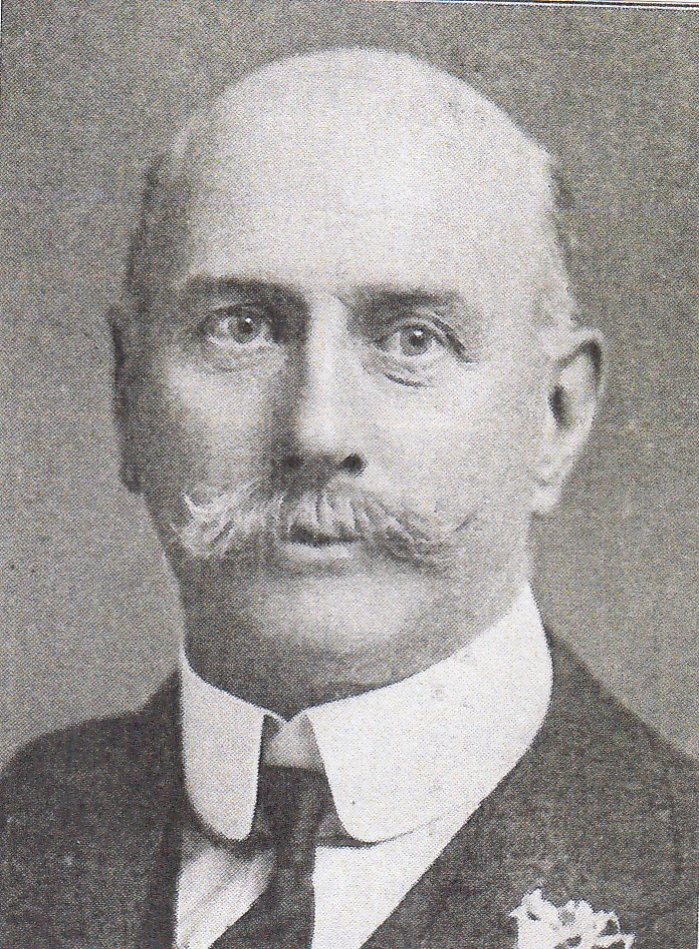
SIR JOHN RUTHERFORD
6. JAMES KAY J.P. – (1851 – 1944) President from 1934-1944 – born at Preston in 1851 and was young when his family moved to Blackburn. He attended Cheetham’s Academy, Bank Top and Garstang’s school in Paradise Street and started working life at Dickinson’s Foundry where his father and two of his brothers worked. When his father started in the cotton waste business in a small room on Clayton Street he was helped by members of his family. James Kay was associated with his brother William Kay for nearly sixty-years in running a cotton mill at Whittle-le-Woods and at Chadwick Street off Bolton Road in Blackburn as they continued to grow their father’s former cotton waste business. He became Mayor of Blackburn in 1904-05 and entertained Princess Louise Duchess of Argyll when she unveiled the statue to her mother Queen Victoria on the Boulevard. In 1903 he entertained Lloyd George on his first political visit to Blackburn having been elected as a Liberal representative of St. Paul’s ward in 1889 and later in 1915 was made an Alderman. He was keenly interested in Blackburn’s Royal Infirmary and was a board member for 40 years, was vice-chairman for 23 years and chairman. In 1935 a special tablet was unveiled in the new James Kay Ward to commemorate his long service. As a Borough and County Magistrate he presided over the Magistrates’ Advisory Committee for 20 years. He was also a governor of Blackburn Grammar School for 51 years. A manager of Blackburn Savings Bank for 25 years and a Commissioner of Taxes for 25 years. His main hobbies were shooting and golf and he was Captain of Pleasington Golf Club. He was involved in many important industrial concerns during his career and these included being an old member of the Manchester Royal Exchange and one of the oldest members of the Council of Blackburn Chamber of Commerce. Mr. Kay died in 1945 aged 93 and was missed by many in the town.
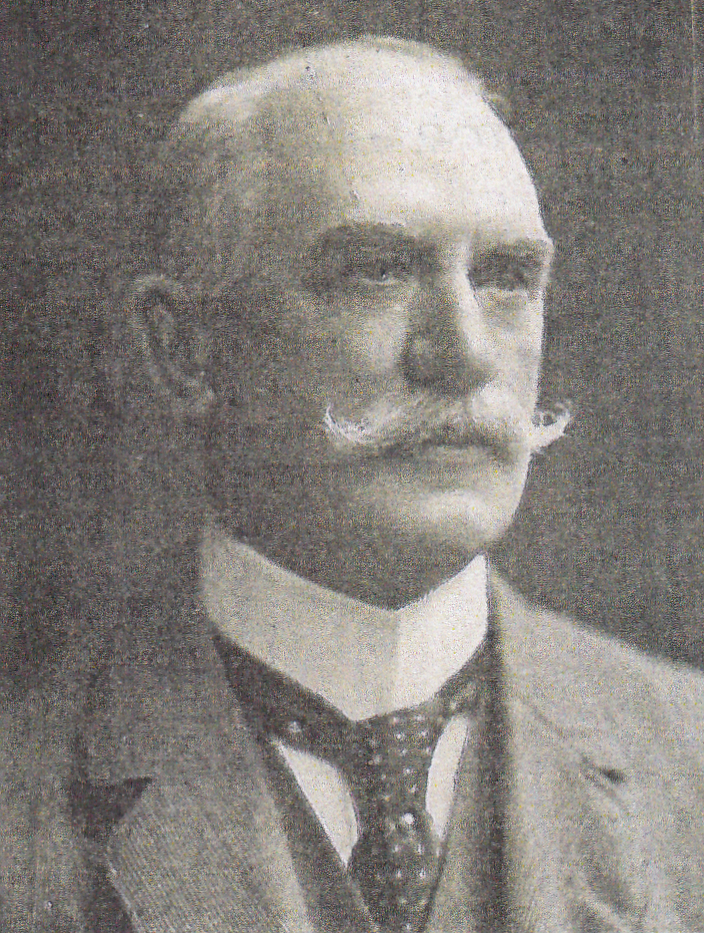
JAMES KAY
7. ALDERMAN HENRY HARRISON – J.P. (1834 – 1914) – Vice President from 1907 to 1914 – he was born in 1834; the youngest of Joseph Harrison’s sons. Joseph Harrison came to Blackburn from Ingleton and started business for himself in an old smithy/forge in Dandy Walk. He became one of many “self-made” men of Blackburn rising from a small beginning as a blacksmith to being head of the largest tool and loom- making foundry in Blackburn. He was a very wealthy man, residing at Galligreaves Hall, later converted into a hotel, where he had three sons and two daughters. The main foundry and machine shops were to be found in Nova Scotia, in Back Street, and the business was carried on by his sons, especially loom-making, which, in later years, was transferred to Joseph Dugdale and Son at their Soho Foundry and the old Harrison foundry was removed for the luggage department of the railway. Like his brothers, Henry Harrison, was trained by his father in the loom-making business and later cotton weaving and spinning which was added to the business before the loom-making was sold off. In time, Henry became the sole proprietor of the cotton spinning and weaving business at Highfield, Chadwick Street and Witton Mills, employing about one thousand people. He also had a warehouse in Manchester where he could sell goods direct to the merchant without the use of middle-men. Rather than politics, he was more interested in promoting local industry and he travelled widely round the world especially to the sources of raw materials used in the cotton industry. He was an active member of the local Chamber of Commerce and was chosen to preside over the Chamber and remained its President until he died. It was his planning via the Chamber that organised the memorable year of Queen Victoria’s Jubilee in 1887. In 1877, he was elected as a representative of St. Mark’s Ward on the Town Council but, shortly after, was elected an Alderman. He was particularly interested in Technical Education and was one of the original trustees of the Technical School in Blackburn and a generous subscriber to its funds. He was also a governor of Queen Elizabeth’s Grammar school for 24 years and was its Chairman for six years. Another interest he had was the Blackburn and East Lancashire Royal Infirmary where he was elected a trustee in 1878 and vice-president in 1884 and 1886; he became Chairman of the Board for eighteen years. He sold his local mills in 1905 and retired to follow his interests including helping local churches and charities; he died in 1914.
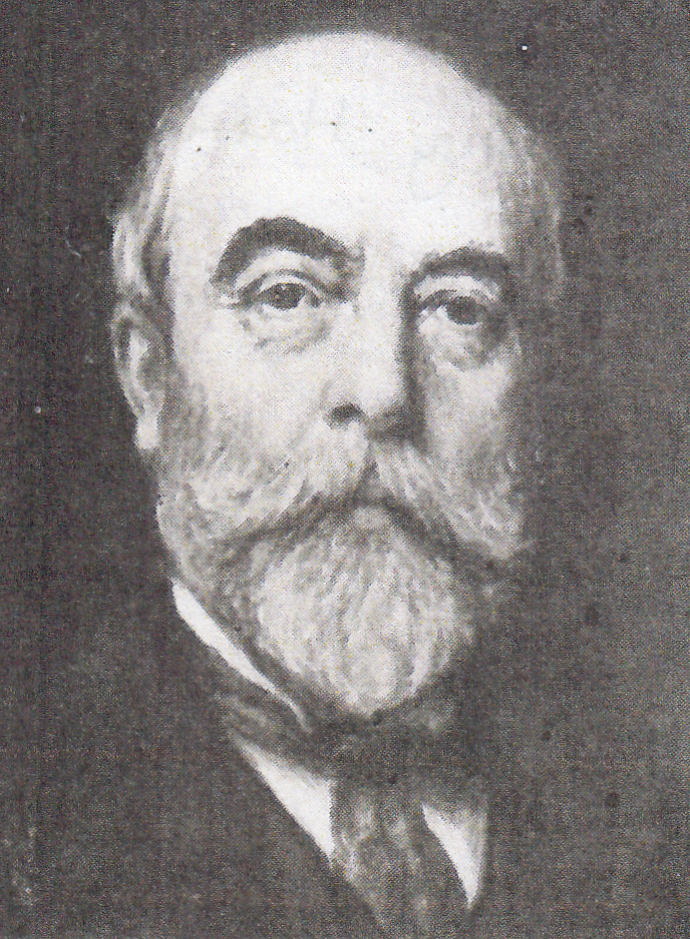
HENRY HARRISON
8. ALDERMAN ADAM DUGDALE – ( 1833-1917) – Vice- President 1915-1917 – He was born in Blackburn in 1833. Adam was the second son of Thomas Dugdale who established an important Cotton Manufacturing business locally. After his early education at William Hoole’s Private Academy on King street and a school in London, he joined his father‘s business along with his brother. The cotton spinning business called Thomas Dugdale Bros. & Co developed and he had a high reputation for business integrity and took a personal interest in his workpeople who appreciated the fact that he continued to live in their midst at Griffin Lodge where he could leave the house via a private door in the boundary wall and be in his mills at Griffin in a few minutes. He entered politics in 1870 and was a keen Conservative; he was chairman and then leader of the local party. On the extension of the Borough, in 1877, a new ward of St Mark’s was created and he became its representative and then he became an Alderman in 1878 followed by an election of town Mayor. From 1877 to 1895 he served on the old School Board and became its Chairman. He believed every child should have a sound education and wanted to develop technical training for the young and helped establish the Technical School. The Dugdale family donated large sums towards building extensions and upkeep at St. Philip's Church and School and Griffin School. Other interests included being the oldest trustee of the Blackburn and East Lancashire Infirmary and director of the Manchester and County Bank and Blackburn Chamber of Commerce. He died at Griffin Lodge in February 1917.
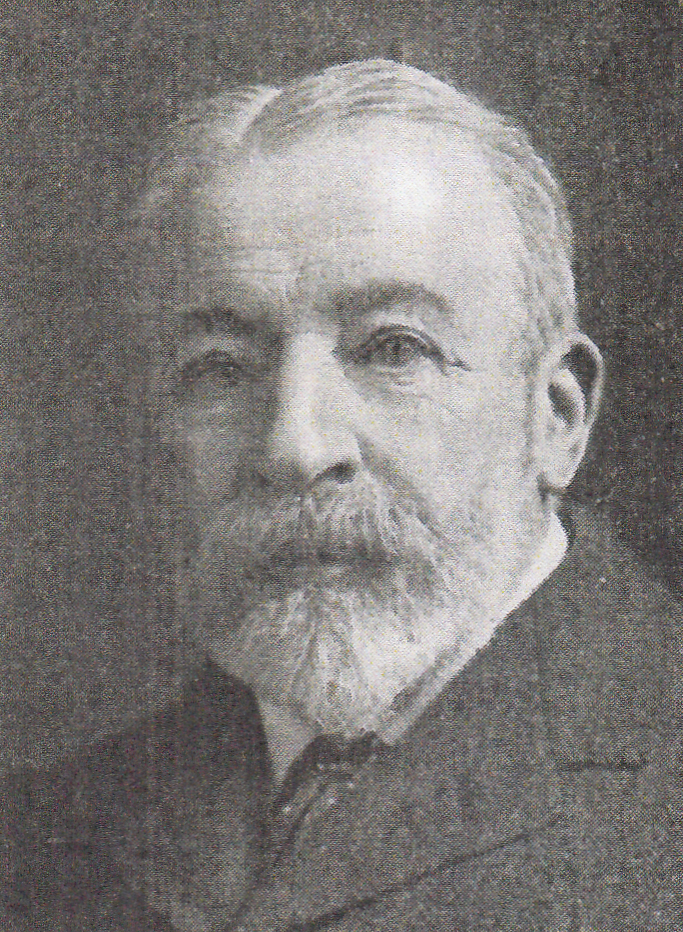 ADAM DUGDALE
ADAM DUGDALE
9. ALDERMAN WILLIAM THOMPSON – (1834-1927) – Vice President 1920-1927 and Secretary 1878-1879 and 1888-1919. William was born in Blackburn in 1834 to Richard Thompson, a building contractor who took on large civil engineering works including Manchester and Glasgow Waterworks and Blackburn Railway Tunnel. After leaving college, William served his time as a chemist and druggist but in 1856 joined his father business and subsequently went into partnership with his brothers, entering the cotton trade in Padiham, Blackburn and Great Harwood. He retired in 1909. As a keen Conservative he entered political life in Blackburn as an Alderman in 1880 and became leader of the house for thirteen years. During almost fifty years on the Town Council, he was chairman of the Gas, Electricity and Tramway Committees. He was keenly interested in the work of Blackburn Savings Bank where he was both trustee and manager. In his leisure time he was a keen bowler and a member of Blackburn Subscription Bowling Club on Shear Brow.
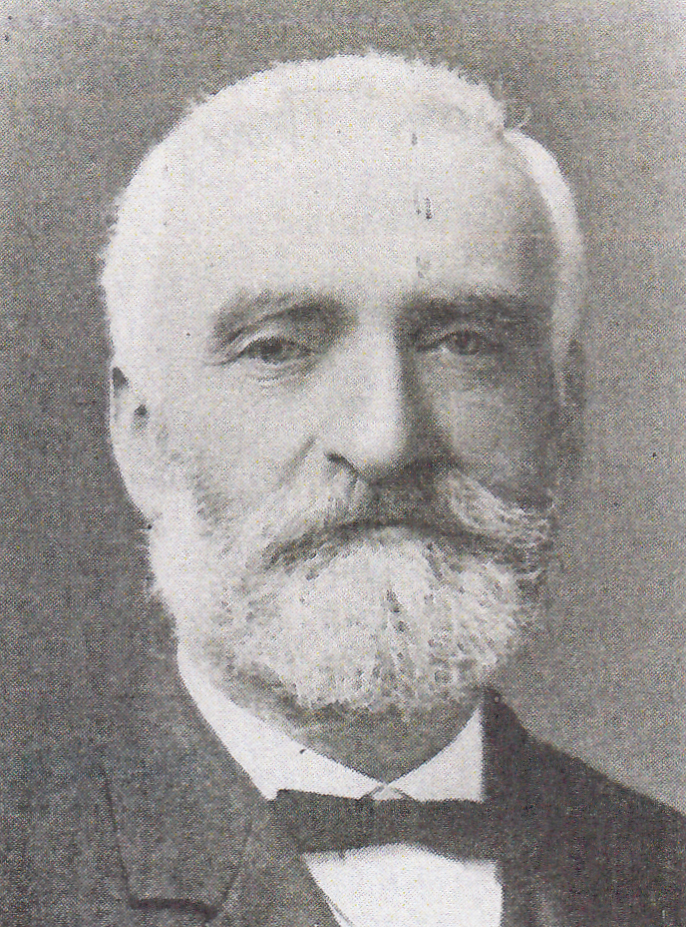
WILLIAM THOMPSON
10. SIR WILLIAM THOM – (1866-1939) – Vice President from 1928 to 1939. Sir William lived at Atholl House on West Park Road, Blackburn and was a member of the Blackburn engineering family and was a one- time chairman of directors of the well-known firm of Messrs. Yates and Thom Ltd. This business was sited at the Canal Foundry between Birley Street and Manner Sutton Street, off Eanam, near the Leeds and Liverpool Canal and was best known for manufacturing large boilers for the cotton mills. It was sited over the east end of Blackburn Railway Tunnel and had a trap door into the tunnel roof through which machinery was lowered into waiting goods trains for many years. Sir William left the company when it was sold to Joseph Foster and Sons Ltd of Preston in 1928. During the First World War he was chairman of the Blackburn Board of Management, Ministry of Munitions and a member of the Engineering (new Industries) Committee of the Ministry of Re-Construction and, in 1919, he received a Knighthood for his war services. He was also Chairman of Blackburn Charity Organisation Society and Convalescent Home and Blackburn District Nursing Association. Sir William was a member of Blackburn Chamber of Commerce and a governor of Queen Elizabeth’s Grammar School where he was also president of the Old Blackburnian’s Association and East Lancashire Cricket Club.
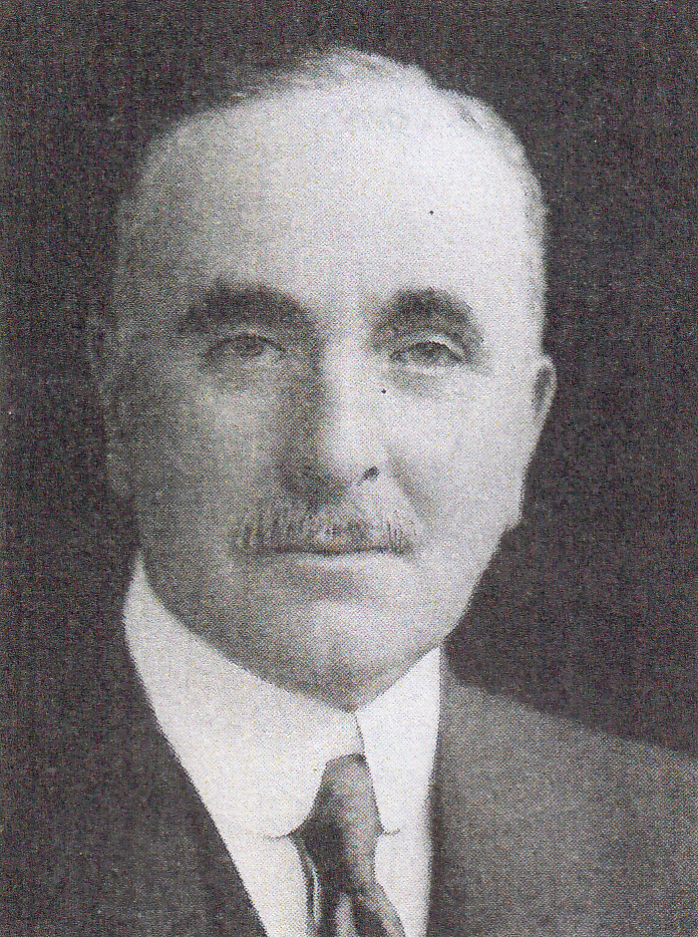
WILLIAM THOM
11. JAMES MEADOWCROFT – VICE President 1940-1944. James was born in 1863. He was the son of William Meadowcroft, the founder of the Fruit Essence Manufacturing firm of William Meadowcroft and Son Ltd. Founded in 1876 in Pump Street, Bank Top, off King Street. In 1888, James entered a partnership with his father and, two years later, they created larger new works in Regent Street. He was a Borough Magistrate, board member of Blackburn Savings Bank and of the Board of Management of the Royal Infirmary. As an enterprising business man he inaugurated a superannuation scheme on a non-contributory basis for the benefit of his workers in 1912.
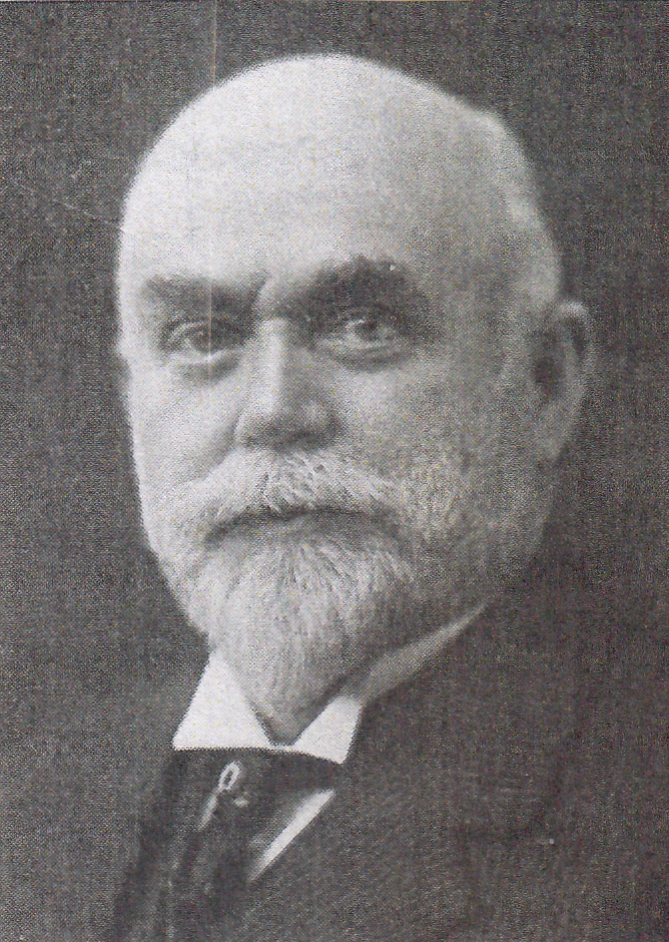
JAMES MEADOWCROFT
CLUBS WITHIN BLACKBURN UNION CLUB
1. THE GOOSE CLUB – this was formed about 1920 after some members claimed they were great fishermen but nobody had seen any fish caught and others claimed they bred and raised geese but had not been seen with a goose! As a result, a Mr Green promised to provide a fish for a dinner if someone else would provide a goose. Three members from Clayton-Le-Dale agreed and other members promised to provide wine and cigars so establishing the club. The dinners were held annually with the Clayton-le-Dale members providing the goose and the cost of the dinner was met by the attending members. The club remained for about fifteen years and never admitted a new member or increased its membership; visitors were never admitted to their gatherings.
2. THE TURKEY CLUB – this was formed about 1922 when certain members could not gain entry to the Goose Club and, in a spirit of rivalry, started the Turkey club. The original members were Robert Livesey (Chairman), Richard Sunter, Harry Hacking, John Eddleston, Harry Bottomley, A. Troop and Ernest Hamer. One of the main objects in forming the club was to provide an excuse for having a night out but, unlike the Goose Club, the members made no claim to have reared the Turkeys themselves. The club met once a year for a dinner at the club but after a brief but boisterous life it passed away in its fifth year.
3. THE PHEASANT CLUB – this was formed in February 1925 when some of the younger members of the Union Club who failed to gain entry into either the Goose or Turkey Clubs decided to form their own club. Some of the original members included H. Watson, Guy Waterworth, H. Birtwistle, Harry Hacking, F. Shorrock, W. Ritzema and Harry Eastwood. A dinner was held each year when the chief item on the menu was pheasant. In the early days of the club, the pheasants were provided by H. Birtwistle, H. Watson or Guy Waterworth and were alleged to have been bagged at their shoot at Whitewell. A significant feature of their annual gathering was that a certain member of the club walked down the dining table from one end to the other and back again without touching a single piece of glass or china with which it was laden. This club ceased to function after about ten years.
4. THE TWELVE CLUB – this was formed around 1941 for the purpose of entertaining to dinner some guest who had distinguished himself in some way. A rule was established that there could only be eleven members of the club present leaving one place for the guest. The original members included H. Watson, Guy Waterworth, William Horrocks, J. Hollows, J. Garsden, Henry Whittaker, Provost William Kay and later Judge Walmsley. The first guest was the Lord Bishop of Blackburn – P.M. Herbert on his appointment as Lord Bishop of Norwich. The third dinner was held in honour of W.G. Holland on his retirement of Managing Director of Dutton’s Brewery. This club met occasionally and flourished for many years.
THE UNION CLUB AND “THE TATLER” MAGAZINE
To mark the occasion of the club’s ninetieth birthday it held a dinner on Saturday night, May 8th, 1940, which was attended by about twenty-five members. During the evening “Mel” the well- known Cartoonist of "The Tatler Magazine" made a sketch of most of those present in their characteristic pose and these appeared in "The Tatler Magazine" on May 8th, 1940 accompanied with a description (see below).
“MEL” VISITS A NORTH COUNTRY CLUB
“The Union Club” of Blackburn a selection of whose members “Mel” has depicted here is a nonagenarian institution in such good health as to look forward confidently to its approaching centenary. They are mostly Blackburn business and professional men but include also the Archdeacon of Lancaster and the Provost of Blackburn Cathedral the Very Reverend William Kay who started the last War as a Grenadier Guardsman and finished it in command of the Manchester Regiment with a D.S.O. and M.C. with two bars.
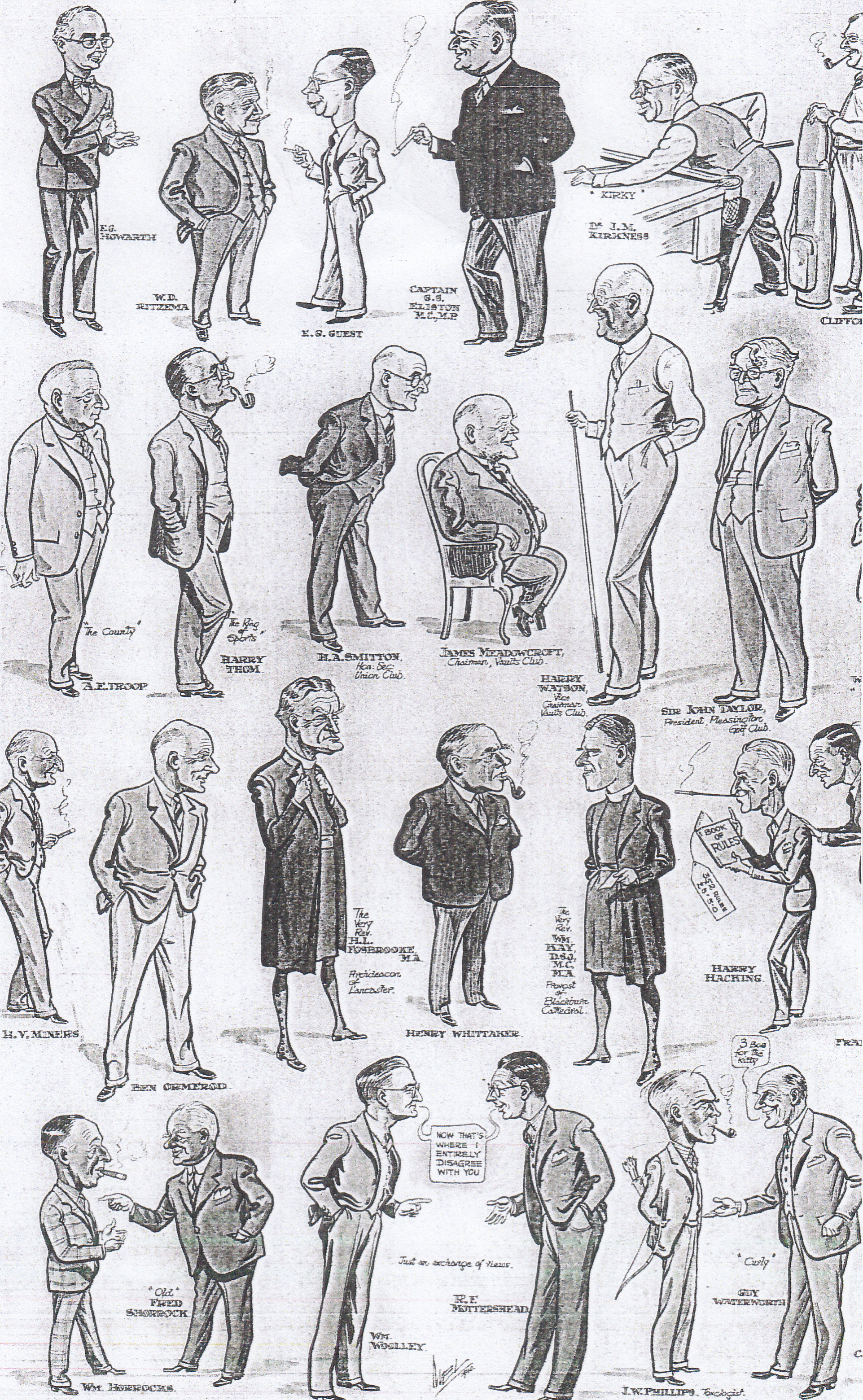
Some Members of the Union Club Blackburn by “Mel”
“Mel” paid another visit to the club in October 1949 when he made eighty sketches of club members who each paid for their own cartoon the sum of £1 11s 6d. These cartoons were given to the club and were hung in the Vaults Room.
THE SUGGESTION BOOK
In 1886, a book for suggestions by club members was introduced whose suggestions could be considered by the Club’s Committee. All suggestions put forward had to be signed by one or more members and the following are suggestions raised:-
1. 14th October 1886 – for a copy of the new “Rules of Billiards” be obtained and adopted.
2. 9th September 1887 – for an electric bell to be placed on the right side (Street side) of the fireplace in the Reading Room.
3. 15th. April 1887 – for a good Modern Atlas to be purchased for the Reading Room.
4. 25th October 1887 – as the Billiard balls are untrue a request for a new set of Ivory Balls.
5. 11th. February 1888 – for the club to become a subscriber to the “Telephone Exchange”.
6. 29th June 1888 – for the purchase of a Local Directory.
7. 8th June 1889 – for the Reading Room to be used for playing cards on Saturdays after 4pm.
8. 1st November 1890 – for the ventilation in the Smoking and Visitors’ Rooms on the ground floor to be removed or draughts caused by them stopped.
9. 17th November 1897 – for Schweppes Soda and Potash water in small bottles be always kept –this suggestion had more backers than any other in the book!
10. 24th. August 1900 – for the Cotton Report to be supplied to the club each day and forwarded by telephone to such members who wanted it.
11. 13th. March 1907 – to stop the use of frozen meat for consumption at lunch and to direct the steward to provide good English meat for the use of members.
12. 2nd July 1913 – for new comfortable chairs to be provided in the Smoking Room.
13. 20th May 1914 – for ice to be provided to keep the butter fresh and in a fit state to eat in summer.
14. 11th December 1926 – for better bath arrangements as there is no mat and the soap is of poor quality and of course a bath attendant would meet these wishes better.
15. 3rd July 1935 – the last entry in the Suggestion Book was for postcards to be provided so that guests could express their appreciation of the generous hospitality they had enjoyed by post.
*Why the Suggestion Book was not continued after 1935 is a mystery as members continued to raise suggestions on a regular basis.
STEWARDS
1. RANDOLPH TUTTE – Served the office of Steward from 1875 to 1935 – a period of 55 years and retired on pension in March 1930. He was familiarly known as” Thomas” to everyone at the club.
2. JAMES BROOKS – appointed on the club staff in 1881, aged seventeen, and served as the Assistant Steward for 49 years leaving with a small pension in 1930.
3. RICHARD WILLIAM BANKS – started his duties as a Steward in 1924 and died in 1935 aged 64 years. He was well known for quoting the lines “For when one great Scorer comes to write against your name, He writes not that you have won or lost but how you played the game”.
4. C.A. BRADLEY – started his service at the club as Assistant Steward in 1935 and was promoted to steward in 1937 and served for many years.
5. PAUL VOEGT – is the current Steward and his partner HELEN ROSCOE is the club's resident Cook.

